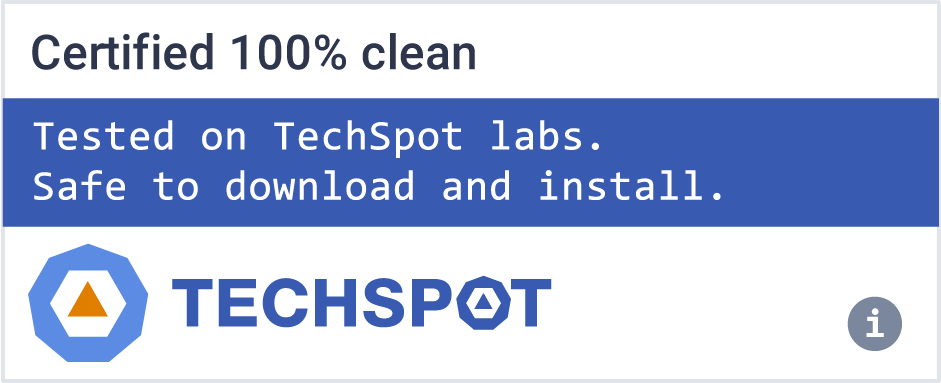PCMark 10 features a comprehensive set of tests that cover the wide variety of tasks performed in the modern workplace. With express, extended, and custom run options to suit your needs, PCMark 10 is the complete PC benchmark for the modern office and an ideal choice for organizations that buy PCs in high volumes.
How long does PCMark take to run?
The PCMark 10 main test usually takes about 25 minutes to run.
Is PCMark 10 free?
Yes, PCMark 10 Basic Edition is free for home users with unlimited runs of the main test in PCMark 10. Basic does not include all the functionality of other versions however. PCMark 10 Advanced Edition includes the main test along with the Express and Extended benchmarks, various additional features and settings for $30.
What are the system requirements for PCMark 10?
PCMark 10 requires Windows 10 or Windows 11, 2GB of RAM, a dual core processor, a DirectX 11 GPU, 1280 × 720 display with 100% scaling factor, and 2GB of free space.
Can PCMark 10 damage my CPU?
No, PCMark 10 only measures your hardware performance. It produces a score to compare PC systems. If your temps and voltages are safe, it will not hurt your computer.
Easy to use
PCMark 10 is easy to install and run, no complicated configuration required. Run the main benchmark and you'll get a PCMark 10 score that you can use to compare systems. PCMark 10 measures overall system performance for modern office work using tests based on real-world apps and activities. There are Extended, Express, and Custom run options for exploring other aspects of performance if needed.

Fast and efficient
With its new and improved workloads, the main PCMark 10 benchmark takes less than half the time of the equivalent test in PCMark 8.
Just click run
In PCMark 10, you no longer have to choose between the Accelerated and Conventional benchmarking modes used in PCMark 8.
Multi-level reporting
Each benchmark run produces a high-level benchmark score, mid-level test group scores, and low-level workload scores.
New yet familiar
PCMark 10 shares the same style of user interface as 3DMark and VRMark. With its familiar layout, it's easy to start benchmarking with PCMark 10.
What's New
Steam edition updated to 2.2.2701.
This update contains several quality-of-life updates to PCMark 10 and includes changes to how OpenGL is used in Writing and Spreadsheets workload. Tests featuring workloads using LibreOffice Writing and Spreadsheets may see minor (~1%) score differences.
Updated
- Benchmark workloads now run in 64-bit mode by default on ARM devices.
Fixed
- Fixed an issue where the information on the selected OpenCL device was sometimes missing or incorrect in benchmark results. Devices are now identified and reported based on the vendor and device name.
- Fixed an issue where benchmarks with LibreOffice Writing and Spreadsheets workloads would crash on devices with very high core counts.
- OpenGL is now disabled by default in LibreOffice Writing and Spreadsheets workloads. UI includes an option to enable OpenGL for these workloads. This has a very minor impact on scores (~1%).


